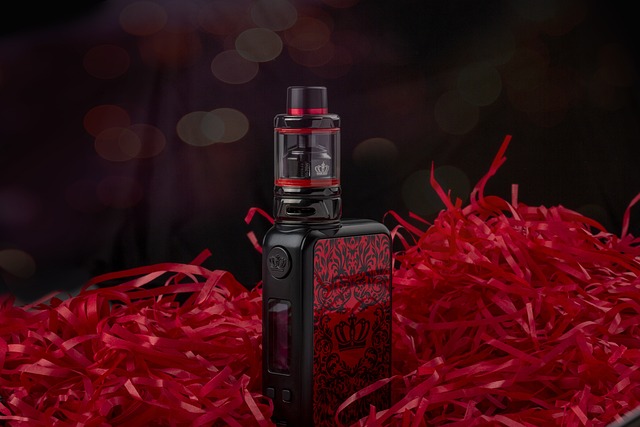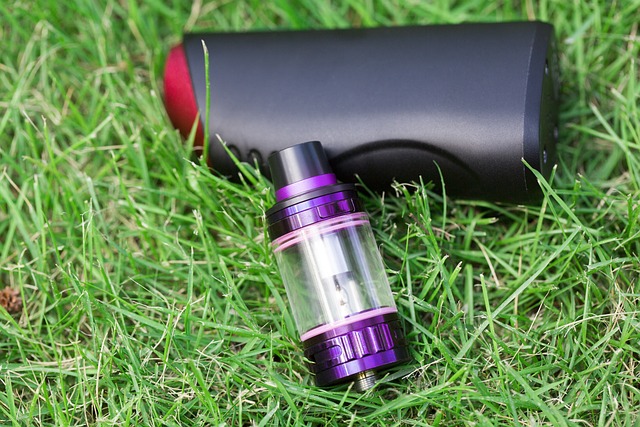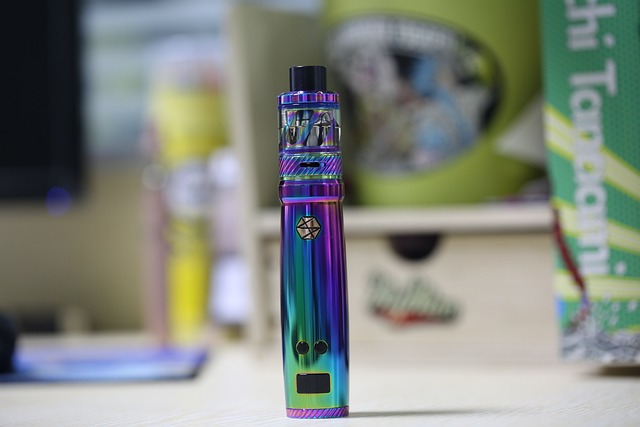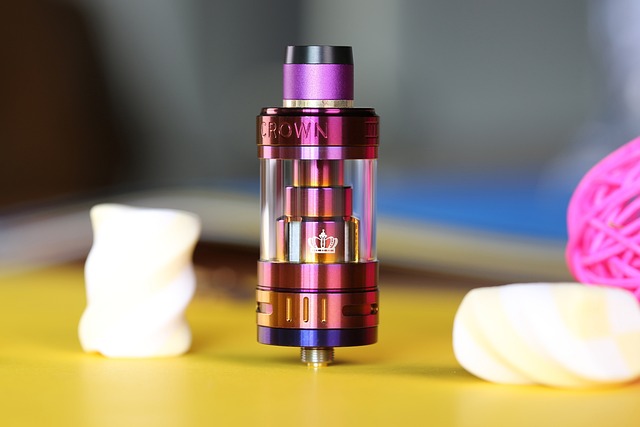1. Introduction to Snail Wax Pen
The snail wax pen has quickly gained popularity among both artists and enthusiasts for its precision and versatility. Designed primarily for wax-based applications, it is an innovative tool that allows users to create intricate designs and achieve fine details in various projects, including art, crafts, and even therapeutic activities. This article will provide a comprehensive guide to using a snail wax pen, exploring its features, benefits, and step-by-step instructions for optimal use.
2. Understanding the Components of a Snail Wax Pen
A snail wax pen typically comprises several key components: the pen body, wax cartridge, heating element, and nozzle. The pen body is ergonomically designed for a comfortable grip, allowing extended use without fatigue. The wax cartridge holds the wax, which can come in various colors and types, catering to different artistic needs. The heating element is responsible for melting the wax efficiently, while the nozzle determines the flow and precision of the wax application. Understanding these components can significantly enhance your experience with the snail wax pen.
3. Selecting the Right Wax for Your Projects
Choosing the right wax for your snail wax pen is crucial for achieving your desired results. There are several types of wax available, such as beeswax, paraffin, and soy-based waxes. Beeswax is often preferred for its natural properties and pleasant aroma, making it an excellent choice for crafts and artistic endeavors. Paraffin wax, on the other hand, is more versatile and economical, suitable for various applications. Lastly, soy-based wax is an environmentally friendly option. Consider your project requirements and personal preferences when selecting the wax type for optimal outcomes.
4. Preparing Your Workspace
Before starting your project with the snail wax pen, it is essential to prepare your workspace. Clear a designated area free of clutter and distractions, ensuring all necessary supplies are within arm’s reach. Gather your snail wax pen, wax cartridges, a heat-resistant mat, and any additional tools you may need, such as brushes or stencils. Make sure the workspace is well-ventilated, especially when dealing with hot wax. Proper preparation can enhance your workflow and set the tone for a successful project.
5. Charging and Loading the Snail Wax Pen
To make the most of your snail wax pen, start by charging it fully if it operates on rechargeable batteries. Follow the manufacturer’s guidelines for charging times to ensure optimal performance. Once charged, install the desired wax cartridge by sliding it into the designated slot in the pen body. Ensure the cartridge is securely placed to prevent leaks or blockages. Once loaded, turn on the heating element according to the instructions provided; usually, this involves pressing a power button for a few seconds until the pen reaches the desired temperature.
6. Mastering Basic Techniques with the Snail Wax Pen
Once your snail wax pen is prepared, familiarize yourself with basic techniques to maximize your creativity. Start with controlled movements to draw basic shapes and lines. Applying pressure varies the wax flow; lighter pressure results in thinner lines, while firmer pressure produces thicker ones. Experiment with different speeds to observe how they affect the wax application. As you gain confidence, incorporate techniques such as layering, blending, and shading. Practice on scrap materials to hone your skills before tackling more complex projects.
7. Cleaning and Maintenance of Your Snail Wax Pen
To ensure the longevity of your snail wax pen, regular cleaning and maintenance are vital. After each use, allow the pen to cool completely. Carefully remove the wax cartridge and clean the nozzle with a soft cloth or cotton swab to remove any residue. Avoid using harsh chemicals that could damage the pen. If the nozzle becomes clogged, you can heat the pen to soften any hardened wax, making it easier to clean. Store your snail wax pen in a cool and dry place, ideally in a protective case, to prevent any damage while not in use.
8. Troubleshooting Common Issues
Like any tool, you may encounter issues while using your snail wax pen. Common problems include inconsistent wax flow, overheating, or difficulty in starting the pen. If the wax flow is inconsistent, check that the wax cartridge is properly installed and that the nozzle is clean and clear of blockages. Overheating may occur if the pen is left on for an extended period; ensure you turn it off when not in use. If the pen fails to start, ensure it is charged and all components are securely attached. Troubleshooting these common issues can provide smoother experiences with your snail wax pen.
9. Creative Applications of Snail Wax Pen
The snail wax pen offers endless possibilities for creativity. Artists can use it to create intricate designs on paper, canvas, or other materials, incorporating wax in unique ways. Crafters can utilize the pen for DIY projects, such as creating custom candles or decorative items. Additionally, the snail wax pen can be a valuable tool for therapeutic activities, aiding in stress relief and improving fine motor skills. Embrace the versatility of the snail wax pen, and let your creativity shine through its applications.

10. Conclusion and Final Thoughts
This guide has covered the main aspects of using a snail wax pen, including selection, preparation, techniques, cleaning, and troubleshooting. Whether you are an experienced artist or just starting your creative journey, the snail wax pen can be a remarkable tool that enhances your artistic expression. Remember to keep practicing and exploring new techniques, as the potential for your creations is limitless with this innovative tool.
Q1: What is a snail wax pen used for?
A snail wax pen is a versatile tool primarily used for applying wax in various artistic and craft projects. It allows users to create detailed designs and is suitable for both professional artists and hobbyists. The pen can be used on various surfaces, making it adaptable for different creative applications.
Q2: How do I clean my snail wax pen?

Cleaning your snail wax pen involves allowing it to cool completely after use, then removing the wax cartridge and cleaning the nozzle with a soft cloth or cotton swab. Ensure that no wax residue is left behind. If the nozzle is clogged, heat the pen to soften any hardened wax for easier cleaning.
Q3: Can I use different types of wax with my snail wax pen?
Yes, you can use different types of wax with your snail wax pen, including beeswax, paraffin, and soy-based waxes. Each type of wax has unique properties that can impact your projects, so choose based on your artistic needs and personal preferences.





